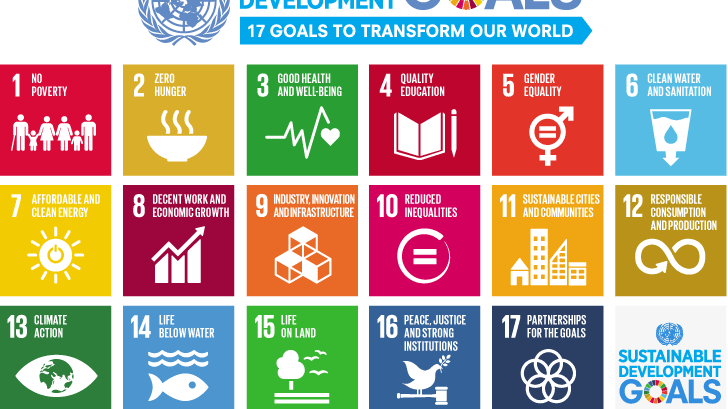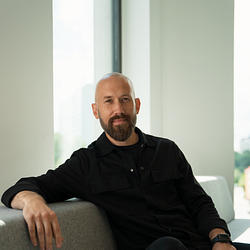
Blogginlägg -
How do we create sustainable production?
In 2015, the member states of the UN agreed on 17 global goals for sustainable development. The goals are mainly to combat climate change, eradicate poverty, and work for a peaceful and inclusive world. The 17 goals compile in Agenda 2030 and goal number 12 is "Responsible consumption and production". It aims to promote sustainable consumption and production patterns.
How should producing companies break down this tremendous global goal to a local level to become concrete and measurable?
A good start is identifying the significant cornerstones within the concept of sustainability linked to a production environment. There is an accepted division into three blocks that describe sustainable production: economically sustainable, socially sustainable, and ecologically sustainable. These three parts must work together if an overall production is to be sustainable and future-proof. A production organization can advantageously break down these parts and make them more concrete at a local level as below:
Economically sustainable production
Strive for a balancing of the various steps in the production process. Are production cells and workplaces well balanced, or are some stations overcrowded, which among other things, results in waste in the form of waiting time for surrounding processes? Make sure to have a fair distribution of work content between the different production cells to maximize output.
Do we generate scrap within our production process? Of course, production will be more economically sustainable if we always make sure to reduce the number of discarded products - it goes without saying - but is it visible how many scraps occur in the process? By retrieving and analyzing data from your process, it becomes visible to everyone within the organization which areas generate the most waste. When data is visualized, production is given a powerful tool to efficiently and pedagogically show which area the organization needs to prioritize.
Do we have the right requirements within our production? What process criteria do we have? Are we checking the right things or are we checking something "because we always did"? We must eliminate redundant requirements. One way to eliminate duplicative requirements is to push them through a risk management process and use it as a basis for decision-making.
The customer often has a large number of customer-specific choices to choose from that production must handle. By working to reduce the set-up time between each production order and strive to have a well-functioning customer order management system in production, the complexity for the people who will handle all these variants in the production flow is simplified and minimized.
Socially sustainable production
Socially sustainable production is basically about seeing operators as an asset instead of a limitation in production. Perhaps not strive for operators to have a work load of 100% in production, but rather to be just below so that they can devote part of their working time to developing the processes they operate. It provides results in the form of continuously improved processes and elimination of waste.
Ergonomic conditions during assembly is another essential part. How can we minimize the individual's physical load while getting a more stable process that provides a higher output? By, for example, minimizing unnecessary transports of materials, tools, and documents in production, the physical load on the operators reduces.
With an aging population, this part becomes extra important. If we can not get young people to thrive in the industry, who should be involved in manufacturing and controlling tomorrow's cars, telephones, medicines, and hospital equipment?
Ecologically sustainable production
Ecologically sustainable production means, among other things, that we want to limit the use of energy and various material resources. This part can be a challenge for the production environments where the manufactured product's design has been the same for a long time. When designing a new product or process, there are often great opportunities to influence the choice of material, manufacturing method, tool, and geographical location in a way that does not exist with an existing product or process. Then it is essential to start digging where you stand and ask yourself the question - How can I in my process minimize the impact on the environment? For example, can we use digital production tools to test and control the change before it is implemented in production. By doing this, the amount of test material often needed in initial tests before implementation in production minimizes.
To be relevant in the future, producing companies need to work actively with these approaches and ensure that the three parts work together. When this happens, the foundation is laid to contribute to the goal of sustainable production and consumption.
Author
Melker Gyllner, Senior Consultant within Quality and Management. Melker has many years of experience of working with production- and process improvements. Melker is the leader of the Operational Excellence initative within Knightec, working to deepen Knightec’s competence within the production- and process improvement area.

